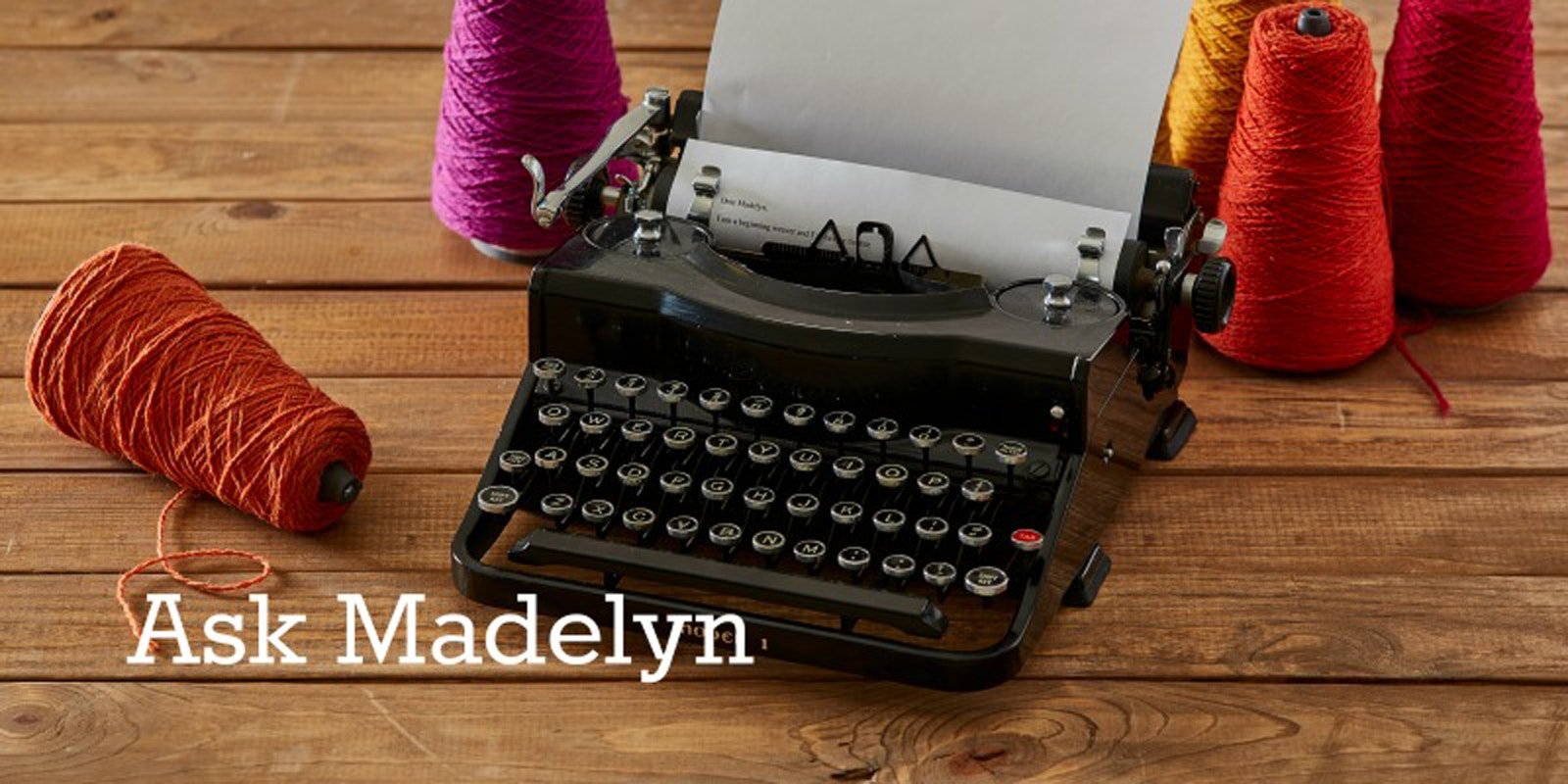I am weaving towels (Kathleen Farling, "Towels in M’s and O’s," January/February 2006). The warp is 8/2 cotton. As I wove the first towel, the warp became increasingly tight on the left side of the loom, and increasingly loose on the right side. I tried everything, including inserting wedges at various places on the right side, and finally gave up and cut off the towel, pulled the entire warp through the heddles and reed till I had it stretched across the room, anchored to the warp beam in back. One side of the warp threads was now about 6 inches longer than the other. I cut it all even, and rewound the warp onto the warp beam, padding it with sticks made for that purpose, as I wound. I tried to keep the tension even, tugging a couple of handfuls at the same time, and then winding some more.
Then I tied it all to the cloth beam apron and started weaving again. After weaving about 8 inches of cloth, I can see that the same thing is happening again. The left side is getting tighter and tighter, and the right side is sagging. What on earth am I doing wrong? Any suggestions would be greatly appreciated.
Julie
Hi Julie!
Without examining the loom and the warp beam, it is always difficult to assess the causes of uneven tension. They could be any of these:
Winding the warp: If, as you wind a warp on a reel or board, you overlap the rounds you have already made with the new rounds, the warp threads wound last will go through a longer path than the ones wound first and therefore be longer. If you know which side of the loom is the one these threads are on (the first threads wound would be the ones on the opposite side), that can be a clue that the difference in warp length happened on the warping board.
Solution: Wind the threads so that the successive ends are side by side with the earlier rounds. Wind warps of many ends in several different chains so that the threads will fit on the board side by side.
Beaming the warp #1: If you are holding the warp under tension while someone else is turning the beam, there can be enough torque in the beam to turn it in smaller circumferences nearest the handle (the warp will therefore be tighter there).
Solution: Tighten the warp in sections after each turn or two of the beam instead of holding it under tension as the beam turns.
Beaming the warp #2: If you are holding the warp while the beam is turning, greater pull will occur on the ends at the edges of the group you are holding, and the ends will therefore be tighter on those edges and looser in the center.
Solution: same as above.
Beaming the warp #3: If the warp is not wound tightly on the beam, any pressure on individual threads can cause them to tighten around the beam and become looser than the others at the fell (this will happen to threads on the selvedges if there is draw-in; these warp threads will therefore become looser).
Solution: Be sure that you pull very firmly (and evenly) on the sections of warp as you tension them so that the warp is wound as tightly as possible on the beam.
The beam should look like a cylinder; warp width on the beam should equal its width in the reed. Photos by Madelyn van der Hoogt
The warp on the beam should look like a perfect cylinder (see the photos). To make sure that the edges don’t spread out as I beam, I constrain the warp width on the back beam with a heavy cord on each side, placing them so that the warp width on the back beam is a little bit narrower than the warp’s width in the reed. That way, it winds around the beam at its width in the reed.
Your description makes me suspect that torque on the beam is causing the difference in tension (though the difference in warp length should not be related to that and is more likely to be something that happened on the warping board). You might not be tugging firmly enough on the groups of threads as you tighten. I’d try turning the beam under no tension, applying tension to groups of threads after each turn. If the problem still happens, I’d watch how the beam turns to see if it is turning evenly at both ends.
Madelyn
If you have a weaving question please email Madelyn! View related & recent "Ask Madelyn" posts!



